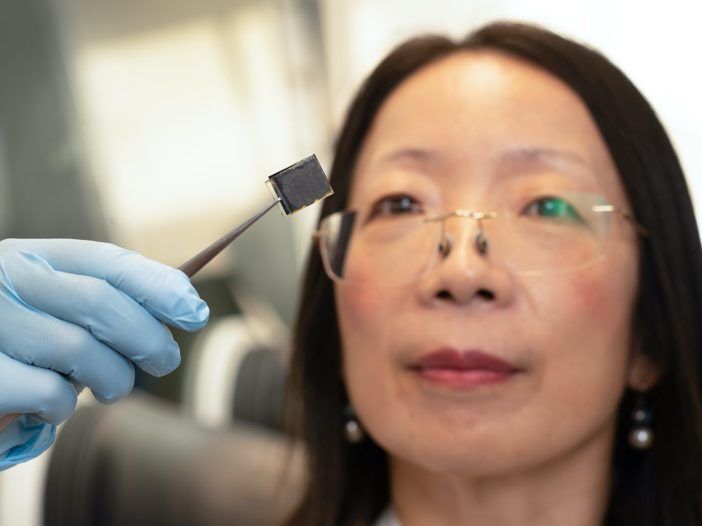Queensland University of Technology researchers have found a way to boost the performance of perovskite solar cells using a special “armour” created from human hair.
Borrowing from a separate stream of QUT research that used hair scraps to create carbon nanodots, a team led by Professor Hongxia Wang discovered a way to tackle some of the key barriers to perovskite solar commercialisation, including a lack of stability and prohibitive costs.
The team found that by adding a solution of carbon dots – zero-dimensional carbon-based materials the size of a few tens of nanometers – into the process of making the perovskites, they formed a wave-like layer.
“It creates a kind of protective layer, a kind of armour,” said Professor Wang. “It protects the perovskite material from moisture or other environmental factors, which can cause damage to the materials.”
The study found that perovskite solar cells covered with the carbon dots had a higher power conversion efficiency and a greater stability than perovskite cells without the carbon dots.
“Our final target is to make solar electricity cheaper, easier to access, longer lasting and to make PV devices lightweight because current solar cells are very heavy,” Professor Wang said.
